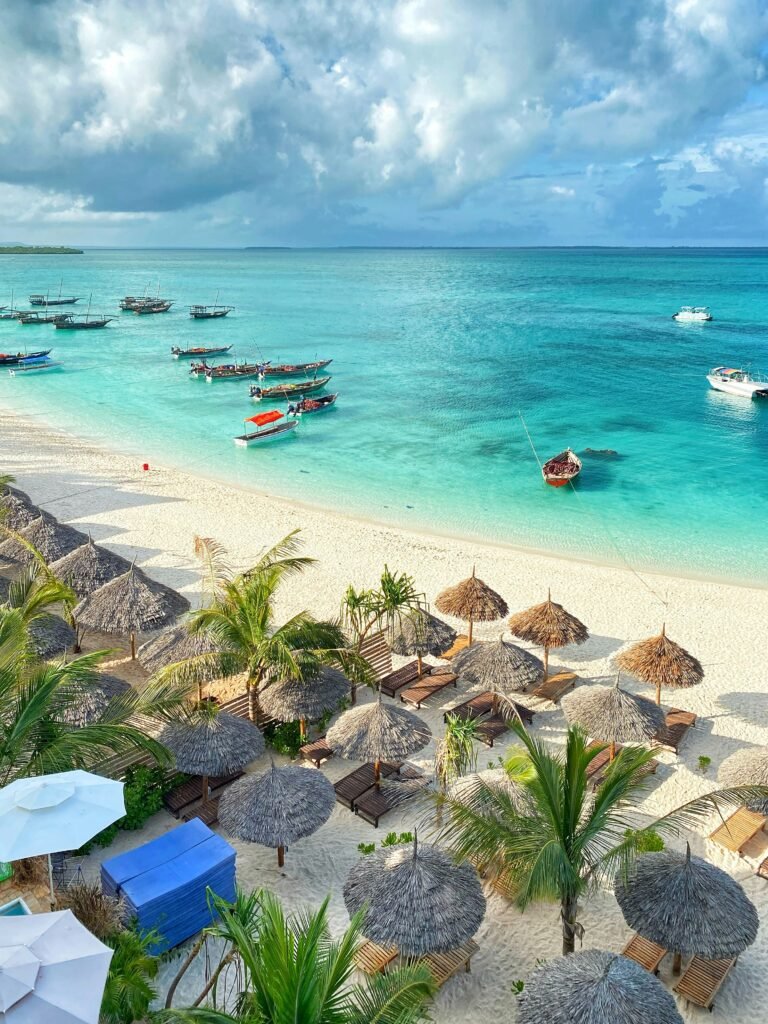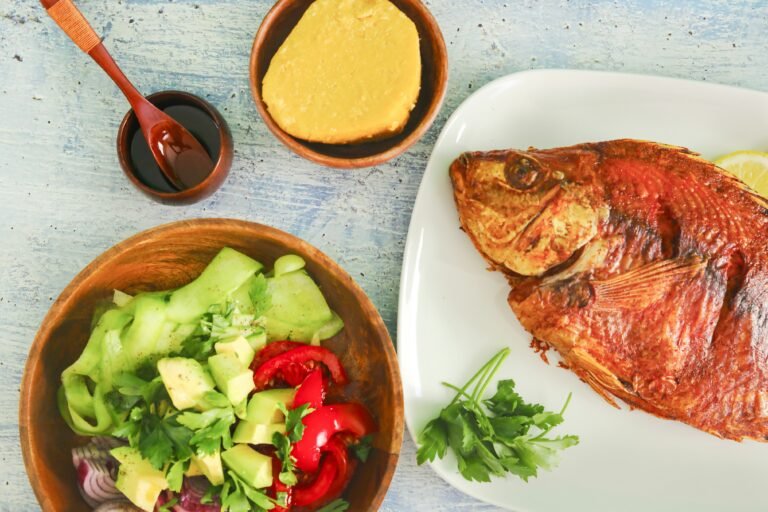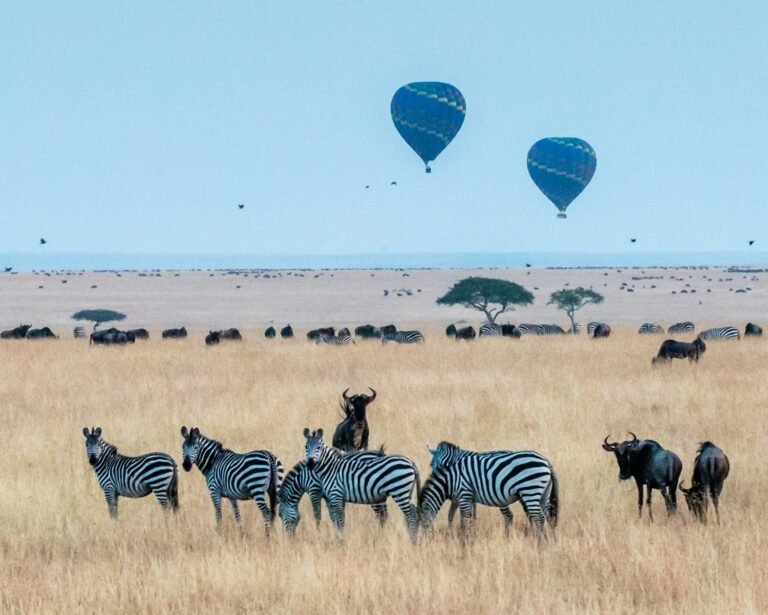Introduction
Tanzania’s rich cultural tapestry is woven from more than 120 ethnic groups, making it one of the most culturally diverse countries in Africa. This diversity is reflected in its myriad of traditional customs, ceremonies, and celebrations. This blog explores the fascinating cultural heritage of Tanzania, focusing on the unique traditions and celebrations of its various tribes.
1. The Maasai
The Maasai are one of the most recognized tribes in Tanzania, known for their distinctive customs, dress, and residence near many game parks. Their most famous ceremony is the “Eunoto,” the warrior-shaving ceremony which marks the transition of warriors to senior warriors.

2. The Chaga
Living on the slopes of Mount Kilimanjaro, the Chaga are known for their advanced agricultural methods and rich coffee plantations. They celebrate the “Nguvumali,” a festival that involves traditional singing, dancing, and drinking banana beer to honor their ancestors and celebrate the harvest.
3. The Sukuma
The Sukuma reside in Tanzania’s northwestern plateau and are the largest ethnic group in the country. Their traditional dance, “Bugobogobo,” involves rhythmic movements and acrobatics, typically performed during important community events and festivals.
4. The Zaramo
The Zaramo are primarily found in the coastal regions around Dar es Salaam. They are known for their “Mwaka Kogwa” celebration, which marks the Persian New Year. It includes mock fights, intended to settle disputes and start the new year afresh.
5. The Makonde
Renowned for their wood carvings and matrilineal society, the Makonde celebrate the “Njema” ceremony, which is a rite of passage for young men. This includes a period of seclusion and learning traditional skills and secrets of the tribe.
6. The Haya
The Haya, living near Lake Victoria, are known for their intricate banana beer brewing process. They host annual beer festivals that include dancing, drumming, and beer tasting, showcasing their brewing tradition and cultural pride.
7. The Hadzabe
One of the last hunter-gatherer tribes in Africa, the Hadzabe live near Lake Eyasi. Their most distinctive cultural practice is the honey-gathering season, where they collect and celebrate the bounty of honey from the baobab and acacia trees.
8. The Mwera
On the southern coast, the Mwera celebrate the “Vugu-Vugu la Utamaduni,” a cultural renaissance festival, which aims to revive traditional dances, songs, and other cultural practices that are at risk of being forgotten.
9. The Datoga
The Datoga, skilled blacksmiths and pastoralists, are known for their metal jewelry and intricate body tattoos. Their cultural practices include elaborate courtship rituals and marriage ceremonies, which involve the exchange of brass bracelets and colorful beads.
10. The Swahili
The Swahili people along the coast are renowned for their rich history in trade and their Islamic festivals, particularly the celebration of Eid. Swahili culture is a fusion of African, Arab, and Persian influences, evident in their food, architecture, and music.
Conclusion
Tanzania’s cultural heritage is a vibrant mosaic of traditions and celebrations, each tribe contributing its unique flavor to the national identity. Engaging with these traditions offers insight into the soul of Tanzania and provides an enriching experience for any visitor.




